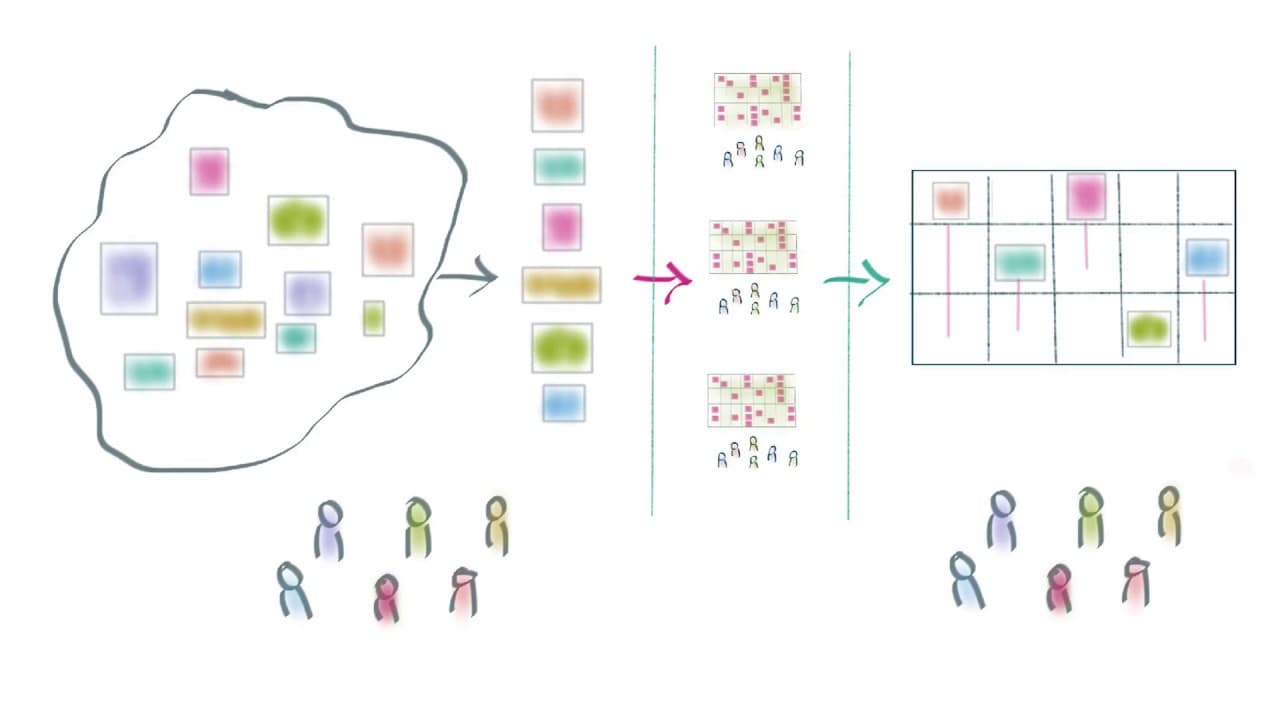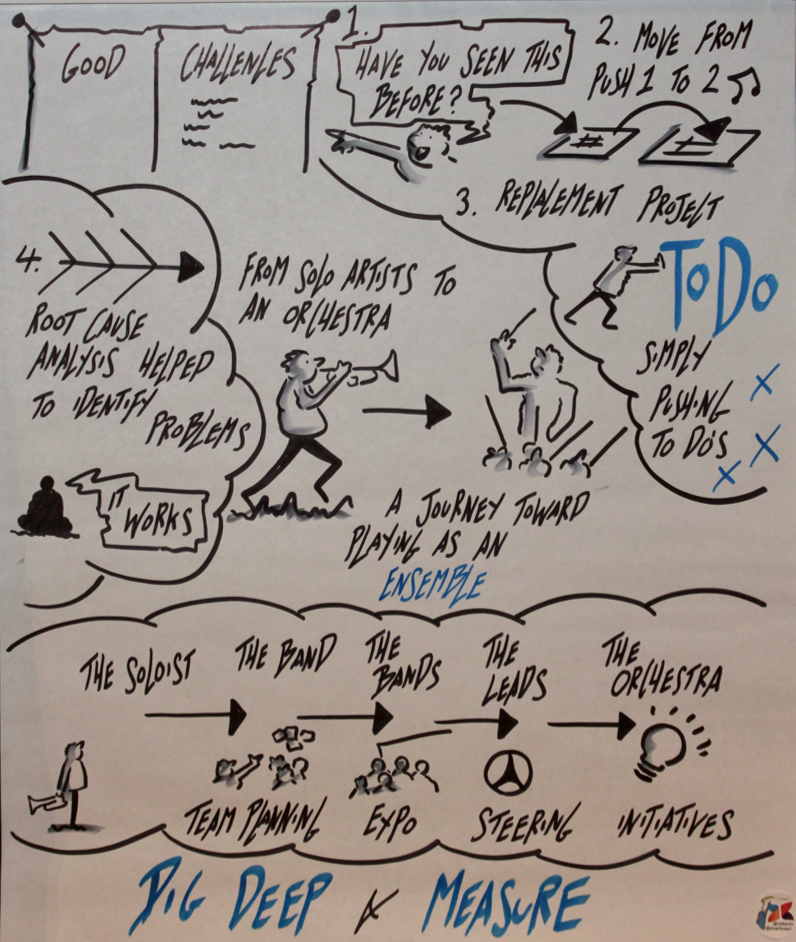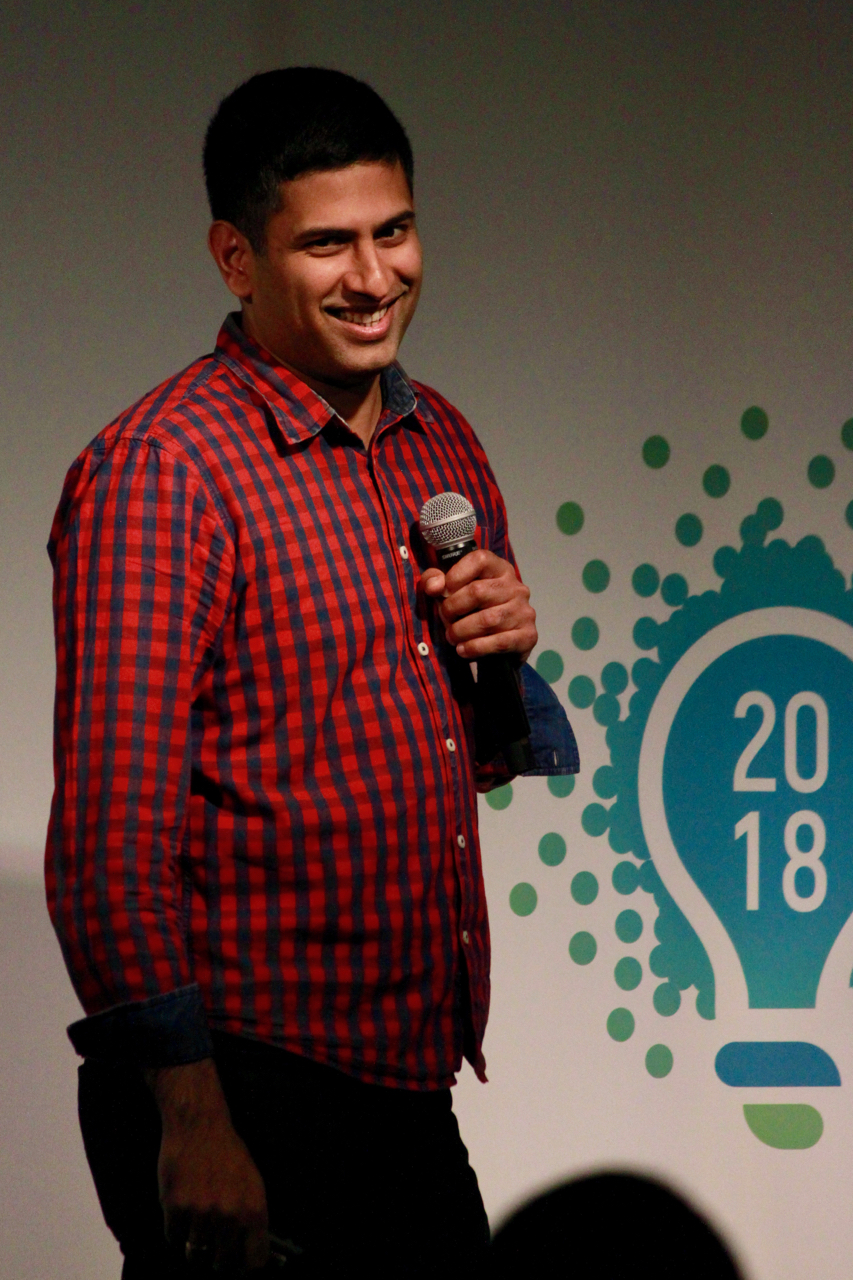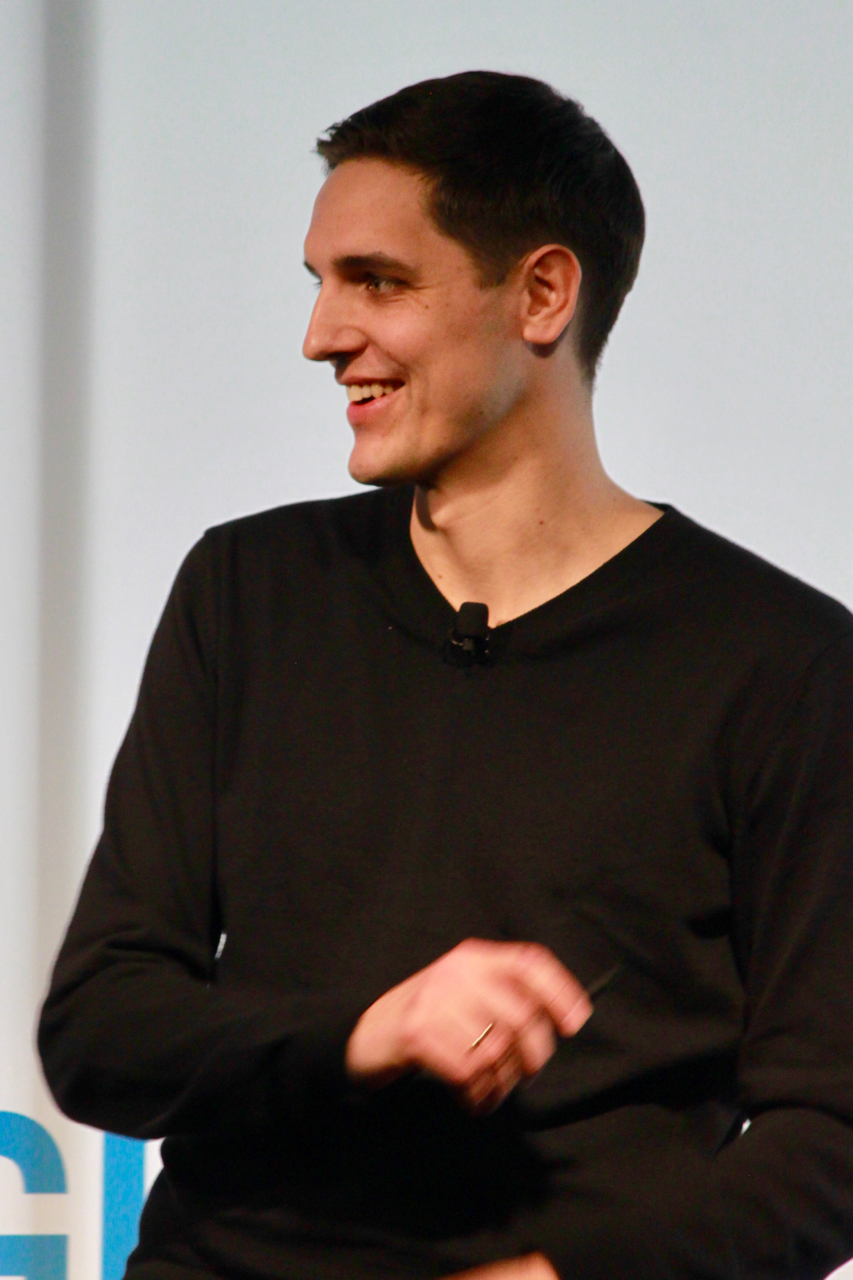The retro started as usual. People began writing on post-its and placing them on the poster one by one. That’s when I noticed something—there was nothing in the “good” column. So I asked the group, “I’m noticing that there’s nothing in the good column. What’s up with that?”
Silence. The room was still. After an awkward moment, the first person started speaking, then another chimed in, and soon the conversation became lively. The room transformed. Any guesses what was happening?
It turned into a blame game—everyone was pointing fingers at each other. This retro happened during the push trading project. To understand the push trading project, you need to understand what Push is. Push is an instrument we make. See for yourself.
The first Push we ever made was introduced in 2013. By 2015, when Push 2 was about to launch, we wondered what would happen to all the Push 1 units. We hated the idea of them being stored away in a basement. Push 1 was still a great instrument for making music. So, someone proposed an idea—give a large discount on Push 2 for customers who sent in their Push 1.
People sent in their Push 1, got a discounted Push 2, and continued making music. We refurbished the Push 1 units and passed them on to schools and educators for free. This way, more students and kids could make music with Push. Everyone loved the idea, and the whole company was excited.
However, we are a company that makes music software and hardware. We are not focused on enterprise resource planning or sales operations. Operationally, we were unprepared for a project like this, but the vision was so strong that everyone agreed to pull it off. Then reality set in, and our journey began.
I am Ashok, a coach at Ableton. Helping the company navigate this journey was part of my role. The Irishman making a funny face in the picture is Brendan, another coach who helped in this journey. Fun fact—he is terrified of flying and said he would take a train from Berlin to New York if one existed.
My name is Burkhard. I work as a product owner in IT, and I hope I don’t get kicked out for that. I was also a fellow passenger on this journey and one of the people in the original photo. Ableton makes Live and Push 2, which are instruments for making music. Many of us at Ableton are also active musicians, which is why we like to think of this journey as transitioning from a solo artist to an orchestra.
To understand what went wrong with such a great project like trade-in, let’s go back to the summer of 2015. By the time I was called in to coach the group, things were already getting messy. The team had planned all the work, created all the to-dos, and put everything into a Basecamp project. They would sit around, project it onto the wall, go through the to-dos, check off completed tasks, add new ones, and shift deadlines. Week after week, this cycle continued. They were just adding tasks and moving deadlines, but not much was getting finished. There was a growing sense of frustration—“We are just pushing tasks around.”
The retro you saw earlier was the last straw. It was so frustrating. I am a Buddhist—are there any Buddhists here? You will know what I mean when I say Buddhists are particular about cause and effect. “Desire is the cause of all suffering,” said the Buddha. How did he come to that conclusion? Root cause analysis! Maybe he was the first advocate of it.
I am a Buddhist agile coach—a deadly combination, especially for my obsession with root cause analysis. Around this time, Brendan joined me. We both retreated to our office and started digging deeper into the problems with the trade-in project. By then, other projects were also failing, so we had plenty to analyze. We identified many root causes, the biggest one being that teams were working on too many things simultaneously, preventing them from finishing anything.
By this time, the IT teams had already implemented team planning. We needed a way to spread this to other business teams. We found an experimental team—the logistics team. They were open to trying something new. We taught them how to plan their work and established iteration and quarterly planning with them. They started collaborating with other teams like sales and marketing. Soon, planning became a norm. Other teams, including facility management, sales, and finance, started requesting support for planning. Teams used Kanban boards, finite WIP planning, and Scrum boards.
With planning in place, teams started functioning like bands. However, another retro revealed a new problem—teams had no idea what other teams were working on. Sales teams planned five revenue-increasing projects, but finance had capacity for only one. Sales teams wondered, “What are these accountants doing? What could be more important than increasing sales?”
The issue was transparency between teams. To fix this, we set up an Expo where teams could showcase their projects. The first Expo was simple—one-minute pitches followed by posters on the wall. The room turned into a gallery of projects, but the posters were dull. For the next Expo, we encouraged creativity, making the exhibits engaging.
The first Expo revealed a shocking number—50 ongoing projects. People noticed. The idea of too many projects was now on everyone’s minds. It was time for the next step. For the first time in our company’s history, we gathered all middle managers in one room. The goal was for them to own the problems while we provided facilitation and coaching.
In the kickoff session, we listed impediments and voted on the top ones. The biggest issue? Too many projects. Second? Lack of alignment or strategy. We formed a group responsible for steering projects. The first session exposed another issue—everything seemed critical. However, we eventually reduced the workload.
With the steering group in place, the problem of too many projects began to ease. The next challenge was alignment. Executives had clear priorities, but teams were unaware of them. We captured executive priorities into initiatives—similar to OKRs—and shared them with everyone.
With steering, expos, and initiatives, we started feeling like an orchestra. But even today, I sometimes wonder what to play with my little IT band. Our journey continues.
Looking back at that retro and our journey, it wasn’t just about planning, expos, steering, or initiatives. It was about uncovering root causes and solving problems in ways that worked for us. It was about cause and effect.
One final note—through the trade-in project, we distributed over 4,000 Push 1 units to schools in 30+ countries, impacting 40,000 kids.









